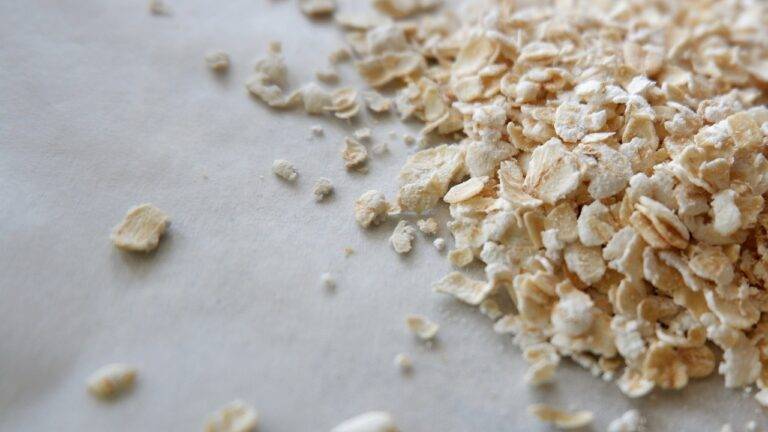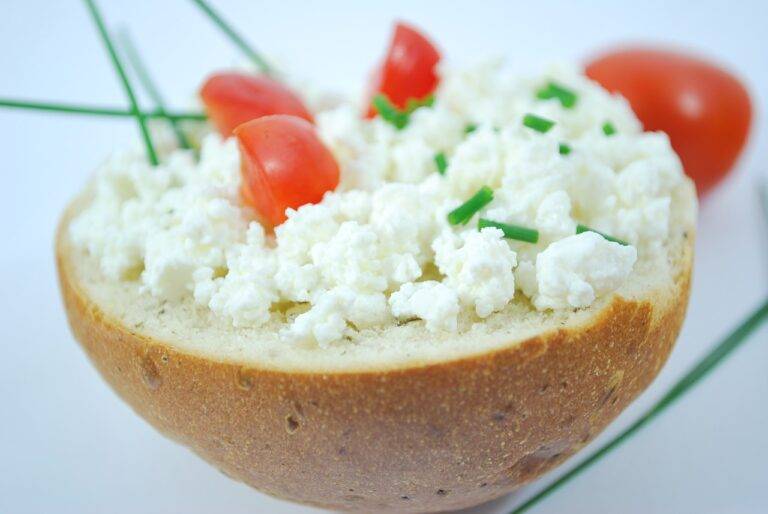The Art of Food Preservation: Traditional Methods vs Modern Techniques
Traditional food preservation methods have been utilized for centuries, offering various advantages for preserving food items. One key benefit is the retention of flavors and nutrients in the food without the need for artificial additives or preservatives. By utilizing natural methods such as drying, salting, fermenting, or smoking, traditional preservation techniques allow food to maintain its original taste and nutritional value.
Additionally, traditional food preservation methods are often cost-effective and easily accessible, making them a practical choice for individuals seeking long-term storage solutions for their food. Many traditional preservation techniques can be carried out using basic equipment and ingredients that are readily available, making them a convenient option for households looking to minimize food waste and maximize the shelf life of their perishable items.
Comparison of Preservation Timeframes
When comparing preservation timeframes, traditional methods like salting and smoking have been practiced for centuries. These techniques can extend the shelf life of food for months or even years, allowing communities to store ingredients for long periods without refrigeration. In contrast, modern preservation methods such as canning or freezing typically offer shorter preservation timeframes, often ranging from a few months to a year.
The difference in preservation timeframes between traditional and modern methods can be attributed to the varying levels of processing and additives used in each technique. Traditional methods often rely on natural processes like dehydration or fermentation to preserve food, which can take longer but result in flavors that are rich and distinct. On the other hand, modern techniques involve quicker processes that utilize preservatives and artificial methods to extend shelf life, which may compromise some of the original taste and nutritional value of the food.
Environmental Impact of Traditional vs Modern Techniques
Traditional food preservation methods typically have a lower environmental impact compared to modern techniques. Techniques like drying, salting, and fermenting require minimal energy consumption and do not rely heavily on electricity or machinery. In contrast, modern methods such as canning and freezing often involve higher energy usage and the production of packaging materials that contribute to waste.
Additionally, traditional methods tend to be more sustainable as they make use of natural ingredients and resources, whereas modern techniques may involve the use of synthetic chemicals and materials that can have harmful effects on the environment. The carbon footprint of traditional preservation methods is generally lower as they are often more locally-based and do not require transportation over long distances, reducing greenhouse gas emissions associated with food preservation.





